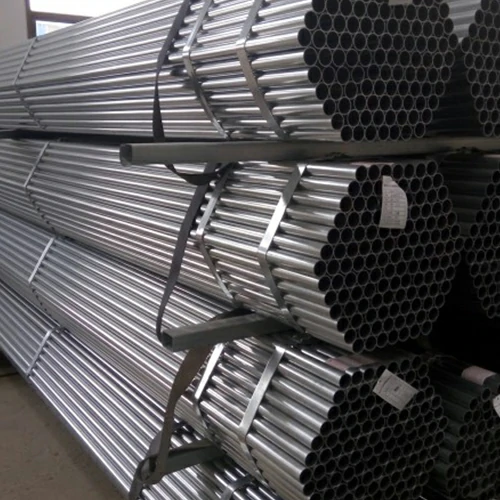The thickness of a steel sheet is typically measured using one of several methods, each appropriate for different types of steel and specific applications.
Here are the common methods for measuring the thickness of a steel sheet:
- Caliper Measurement:
- Calipers are tools with adjustable jaws used to measure the thickness of flat objects. For steel sheets, digital or manual calipers can be employed. The jaws are placed on either side of the sheet, and the measurement is read from the caliper’s scale. This method is suitable for relatively thin sheets.
- Micrometer Measurement:
- Micrometers are precision instruments designed for accurate thickness measurements. They provide more precise readings than calipers. Micrometers are suitable for measuring thin to moderately thick steel sheets, and they offer high accuracy.
- Ultrasonic Thickness Gauging:
- Ultrasonic thickness gauges use ultrasonic waves to measure the thickness of a material. A transducer emits ultrasonic pulses, and the time taken for the waves to travel through the steel sheet and reflect back is used to calculate thickness. This method is suitable for a wide range of steel thicknesses and is non-destructive.
- Eddy Current Thickness Measurement:
- Eddy current thickness gauges use electromagnetic induction to measure the thickness of conductive materials like steel. A coil generates eddy currents in the material, and changes in the electrical conductivity are correlated with thickness. This method is non-destructive and suitable for various steel thicknesses.
- Beta Backscatter Measurement:
- Beta backscatter gauges emit beta particles that penetrate the steel sheet. The backscattered radiation is detected, and the intensity is correlated with thickness. This method is commonly used for measuring the thickness of thin coatings on steel.
- X-Ray Thickness Measurement:
- X-ray thickness gauges use X-rays to penetrate the steel sheet. The attenuation of X-rays is detected, and the thickness is calculated based on the degree of attenuation. This method is suitable for measuring the thickness of various steel types and thickness ranges.
- Magnetic Methods:
- Magnetic methods, such as magnetic induction or magnetic flux leakage, can be used to measure the thickness of ferromagnetic steel sheets. Changes in magnetic properties are correlated with thickness. China Steel sheet manufacturers This method is non-destructive and suitable for various thicknesses.
- Laser Measurement:
- Laser sensors can be used to measure the distance from the sensor to the surface of the steel sheet. This distance measurement is then used to determine the thickness of the sheet. Laser measurement is suitable for relatively thin sheets.
- Mechanical Thickness Gauge:
- Mechanical thickness gauges, often referred to as screw gauges, use a mechanical screw mechanism to measure the thickness of a material. The screw is adjusted until it makes contact with the surface, and the reading is taken from the scale. This method is suitable for thin to moderately thick sheets.
The choice of measurement method depends on factors such as the thickness of the steel sheet, the accuracy required, the material properties, and the specific application. Non-destructive methods are preferred in many cases to avoid damaging the material during measurement. The appropriate method is selected based on the precision needed and the characteristics of the steel sheet being measured.
